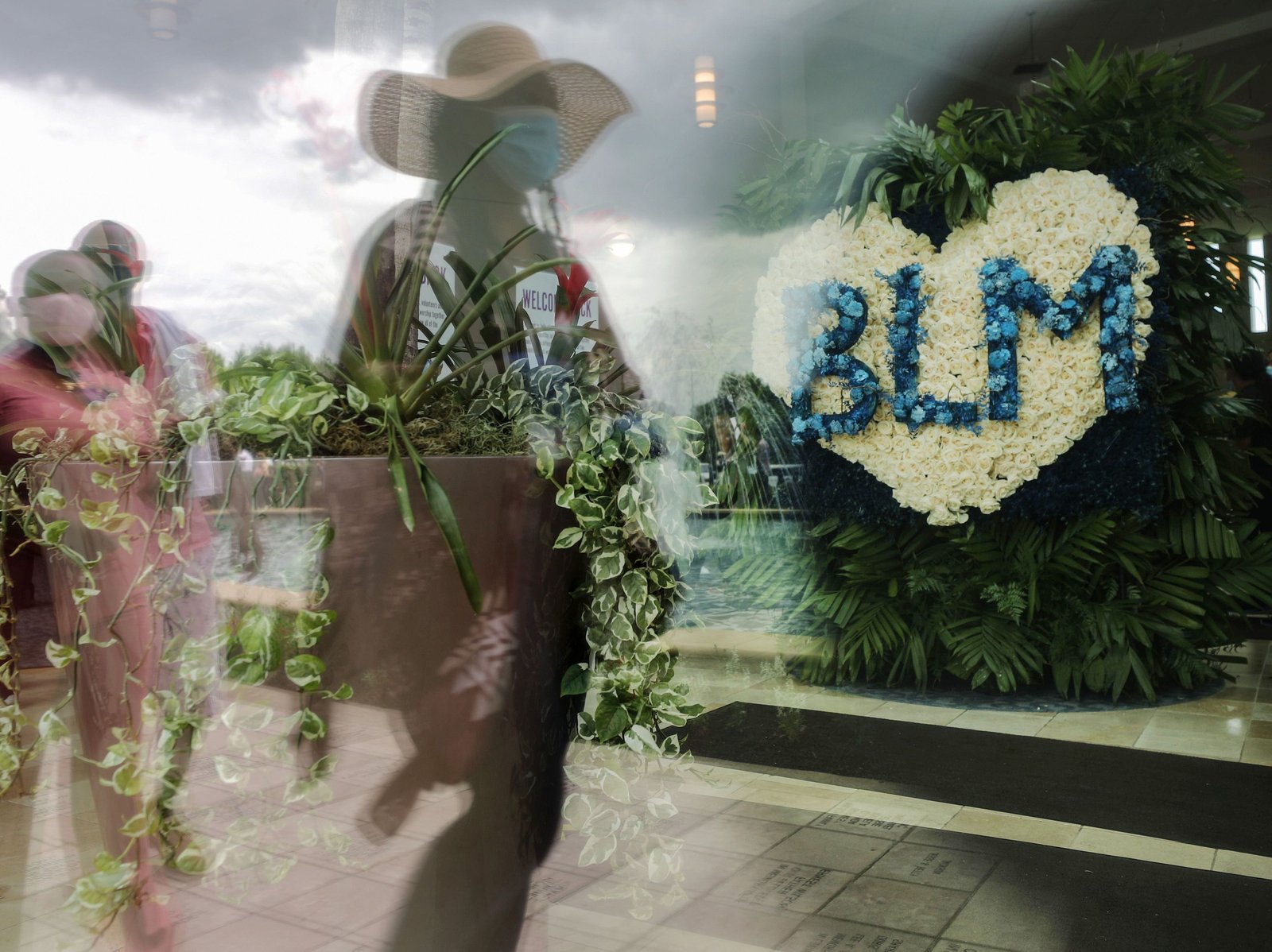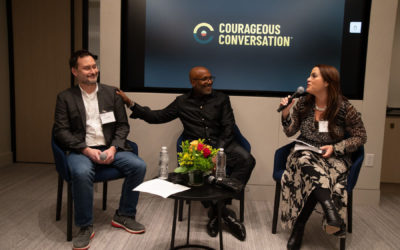By Marisa Peñaloza—August 16, 2020
When Le Hoang Nguyen put up a bright yellow billboard in support of the Black Lives Matter movement in Houston, the pushback from his community, “was immediate, it was vicious, my Facebook wall filled up with just hate speech.”
Nguyen’s original idea for the billboard was to thank essential workers for their work during the pandemic, but when George Floyd was killed, he felt strongly about supporting BLM.
The insurance business owner knew that some people wouldn’t like the message, but he thought people would respectfully agree to disagree.
“I was totally blindsided. It was unnerving,” he said. “They threatened with physically destroying our office, they called for a boycott of our business, people posted photos of my family online. No one wanted to have a conversation, they were just making threats and demands.”
In spite of the massive protests across the country in support of racial justice and the Black Lives Matter movement, racial divisiveness continues to manifest itself around the nation, though sometimes it can be more subtle.
Nguyen appeared on a local Vietnamese television show to explain himself to his community and he says that helped. Eventually, people on social media started defending him, and this “helped quell the haters.”
Floyd was killed on May 25, which was also Nguyen’s 50th birthday.
“I broke down in tears when I heard him cry out for his mama before he drew his last breath,” Nguyen said, adding that it could have been him or any of his three children in that video, “underneath that knee.”
Soon after Floyd’s death Nguyen came across an ad published in The New York Times in the late ’70s by a group of Black leaders urging President Jimmy Carter and Congress to allow refugees from Southeast Asia into the country.
“That was me,” the Vietnamese-born U.S. citizen said. “I was an 8-year-old boy languishing in a camp, and halfway around the world a group of Black civil rights leaders spoke up for me.”
It’s not easy to talk about race, even in communities seen as more liberal. In Brooklyn, N.Y., a man protested a BLM sign, repeatedly asking the barista at Burly Coffee to remove it. The New York Times recently reported that in Catskill, N.Y., town leaders banned a BLM painting on main street. Many communities have created groups to engage in conversation. In New York there’s Hastings-on-Hudson, a village with its Hastings Against Racial Injustice, and Carmel, Ind.’s Group For Carmel Against Racial Injustice.
“It’s going to be uncomfortable and you’re going to have legitimate fear,” if you choose to engage in racial equity dialogue, said Kwame Christian, director of the American Negotiation Institute in Ohio.
Read more at NPR.




